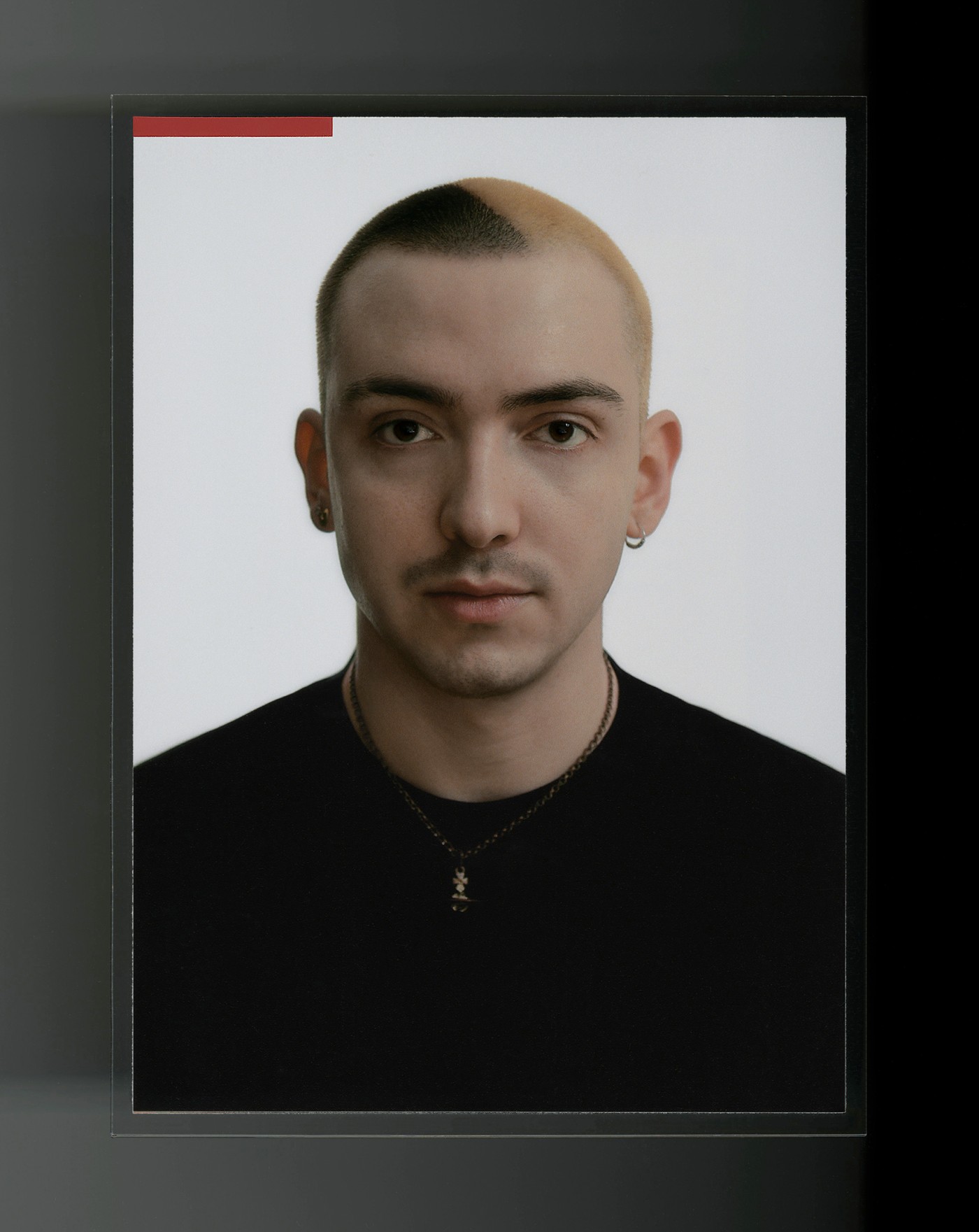Juan's experimental nails are figurative sculptures of culture today—viral, exaggerated, surreal, and seductive. Working with Bjork, Arca, and Rosalía he blurs the lines of perception. Real or fake? Who cares. Nails are only nails because they exist on our fingers.
NR
Our world is pretty bent. Is surrealism a necessity for today?
JA
I don't think it’s something you can escape, really. Or at least it’s that way for me. You can't escape the act of going to bed and having a dream01. In a dream, you could touch fire and not burn yourself. Which somehow creates a new logic such that when you wake up, you’re now aware of a fire that cannot burn you.
I've been thinking about dreams a lot recently. I guess that is escapism in a way. I watched some of the other day, I think they were silent. I can’t even remember, it was a few days ago. It was a dreamscape or nightmare or maybe both. There isn't really necessarily good or bad in dreamscapes. It just is what it is.
I generally feel pretty about a lot. In my life maybe there's things I would do or wouldn't do. But I don’t know, I feel like it's all a societal thing, and at the end of the day you die.
NR
So when people see your work, what should happen to their reality?
JA
My sculptural nails probably create surprise and confusion. Seeing this surreal thing in front of them, it’s like the dream where the fire doesn't burn you. It creates a logic in the same way that a movie about aliens would make you question your humanity in the context of this planet.
In a killer alien movie, the whole world has to come together to protect themselves, to save the human race. Seeing aliens indiscriminately kill humans you can understand us [earthlings] as ‘one’ rather than differences like ‘that person is darker than me, or shorter than me, or taller than me, or whatever’. With the nails, there's a surreal beauty component, so there's a meta questioning of self or beauty or aesthetics that happens since we all live adjacent to nails in one way or another.
Doing the nails makes me think about how important impractical decoration is. So, I think showing an extreme helps create a logic the same way that a dream helps you understand your real life.

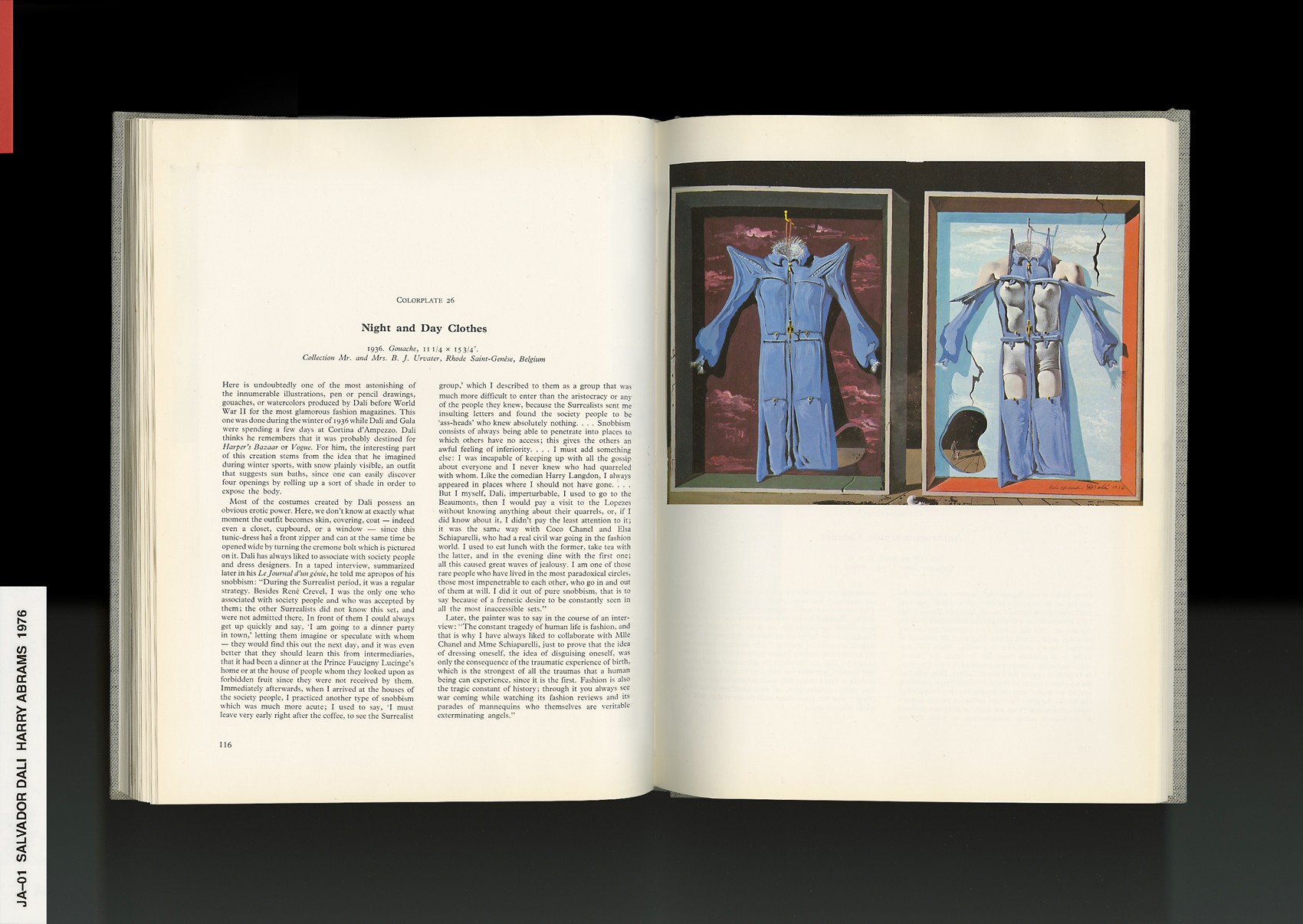
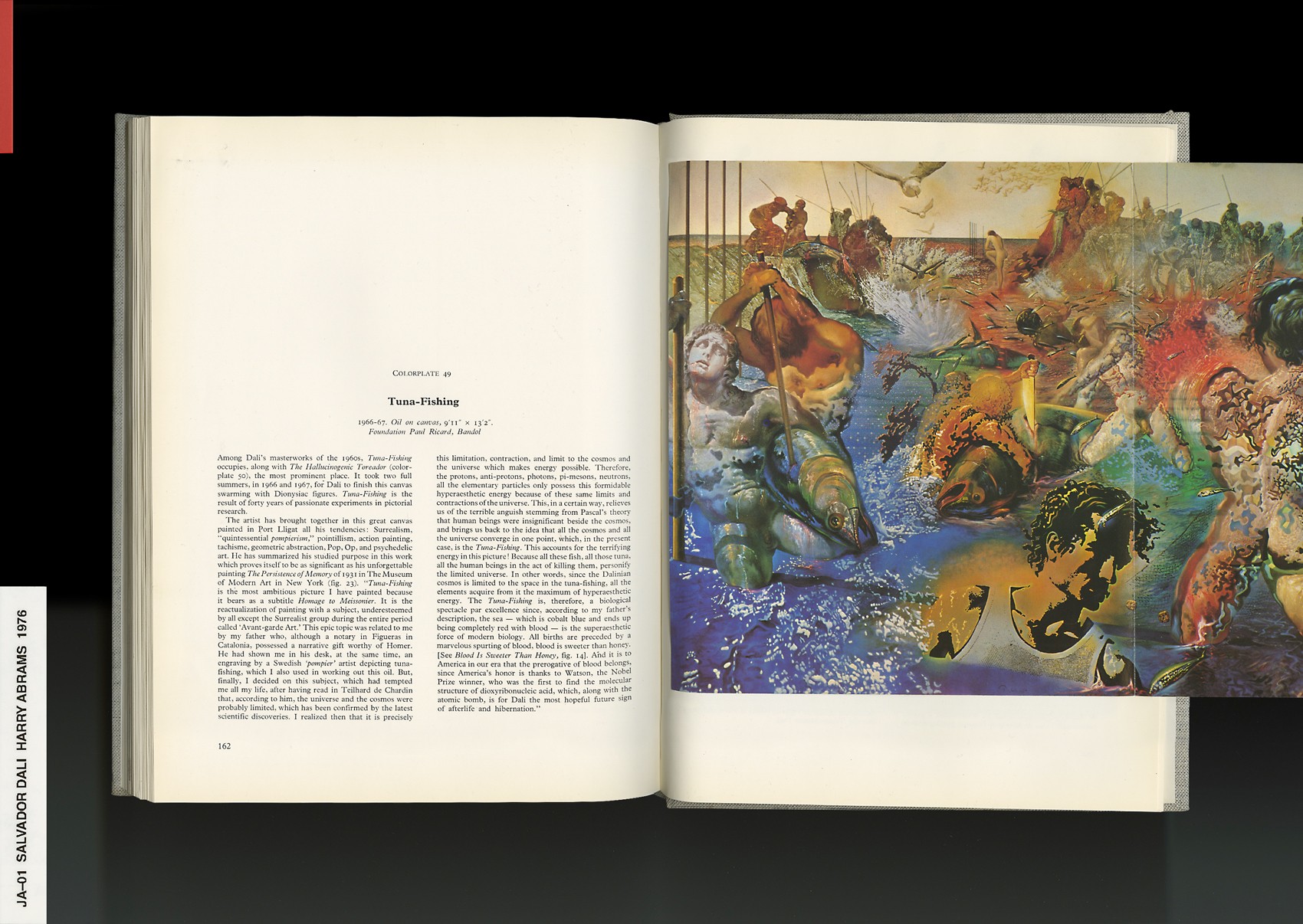
NR
What happens when we become oversaturated with extremes?
JA
Well, in some ways that makes me think about celebrity culture. Someone will wear an outfit that's problematic, but at the same time have some sort of cultural awareness that their outfit is problematic... I don't know, I'm trying to think of an example––like Kim K wearing a . I'm sure she has people around her saying, ‘maybe you shouldn't’. But she probably also has so many people that are like, ‘you should’. At her level does it even matter? People might try to cancel her for that, but the more you teeter on the edge of being canceled the harder it is to be canceled.
A tactic to stay at the top is to ride the edge of the gray area––to be a little borderline. Kim will wear 10 semi-problematic things so when she does something that is actually problematic, it probably blows over in a few days. And at the end of the day, people will just talk about you more. If you see a fire in your dream every single night that half the time doesn't burn you and half the time does burn you, eventually that fire will be really famous to you. At some point, you're just going to mindlessly accept it...maybe some people are really interested in a fire that doesn't burn them, and some people are like, "I wish a fire would burn me. That's how things should be.”
NR
Do images on the internet need to become more exaggerated over time to maintain appeal?
JA
People want to be different, everyone, especially in the age of social media, people want to be individuals, and that's all about the personal celebrity..
Well, because an image went viral, now it’s more accessible. The more you see it, the more neutral that exaggeration probably becomes. In terms of beauty, or decorative expression, the image may be outlandish or grotesque at the beginning but over time, it becomes more accepted.
10 years ago, girls with longer nails were primarily seen as a lower class, or it was a racialized thing. But really outlandish, other-worldly nails creates a new field of reality, neutralizing those previous perceptions. So then after when you see the standard one inch nails again you're like, ‘now that, I like, because I've seen the one's that wrap down your arm, or whatever’. It pushes towards a more adoring feeling from a viewer and slowly you're inching closer and closer to having a positive opinion towards someone else's expression because you're becoming conditioned or desensitized.
The same way Fruits magazine02 may create a familiarity of the , which then lessens the shock of an outlandish look you see on the Subway in NYC. You are neutralized to that possible initial aversion to it, and may think about it differently––through the act of self-revelation.

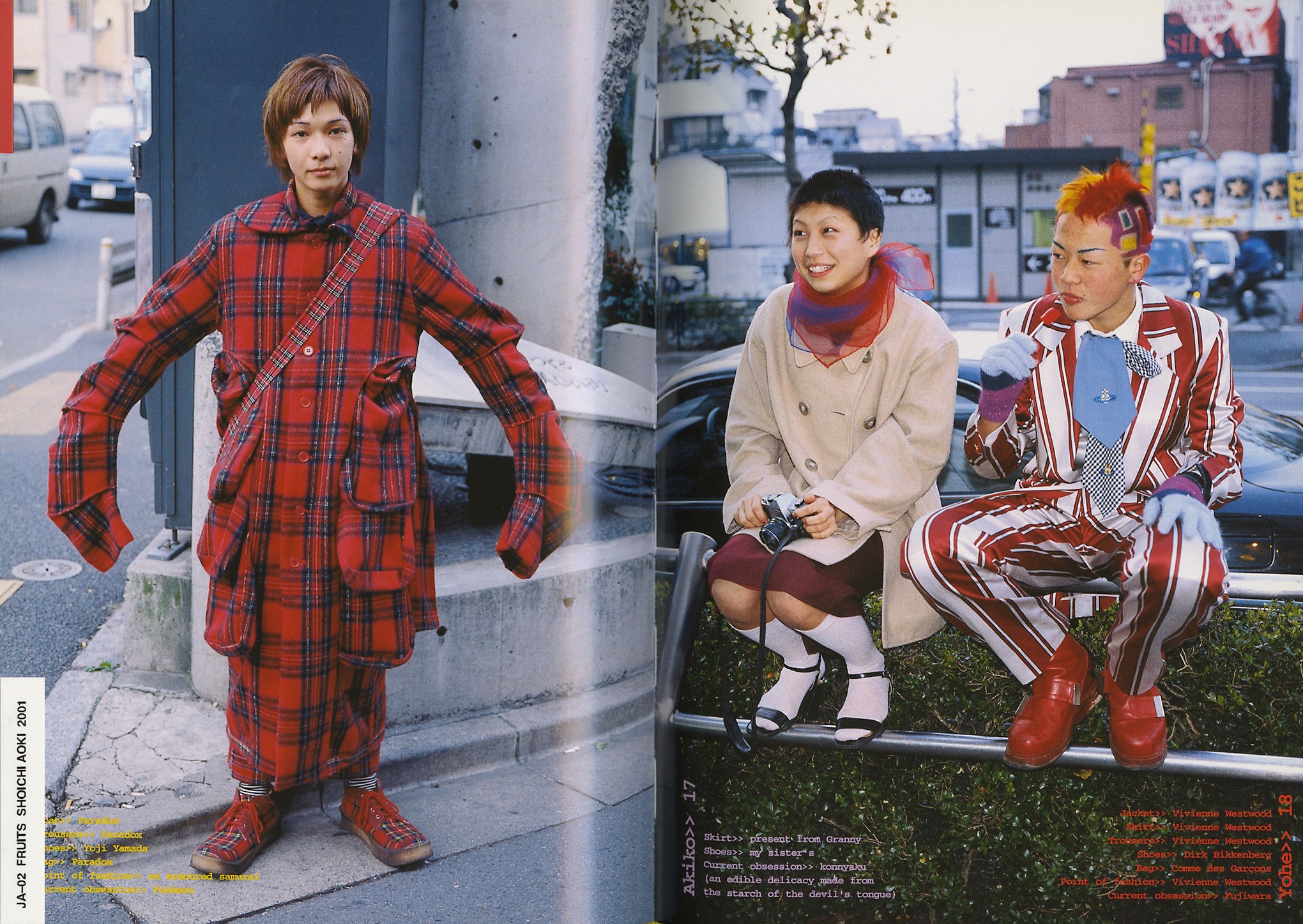




NR
Is publicity vital to your work?
JA
Sometimes, it creates a way of seeing for people.
But, I say sometimes because sometimes your internal self is all that needs to witness it. There must be a balance.
I guess at the end of the day, surrealism is just a series of surprises, right? I think it's human nature to dream and push. That’s what keeps life going. Can we evolve without questioning reality and creating excitement towards what can be new or different?
What would be the point to live if the only things being challenged are in your dreams. I guess in that case death would be the ultimate dream. I sound dramatic, but you need a receptor to witness the drama…
NR
When you began developing in New York were there artists that informed your approach?
JA
In Chicago during the 1960’s there was this group called The Hairy Who04. They were Outsider Artists03 part of the collective. They weren't part of the , or even interested in it. Which makes me think they were playing into a “less serious types of artists” trope. The way they used color and shape is fresh and fun but also has this grotesque quality that is playful––this attitude is front and center in my nails. Funky and pretty at the same time, like the way they use color and spikes. The Hairy Who achieved a lot of those qualities by referencing and .
One of the artists in the collective, , painted on the backside of plexiglass to make flat images. That process of stacked layering—first you do the outlines, shade, color, and finally the background––when it’s viewed from the front-side, create a super flat colorful image. The process of how I use materials to create my nails is kind of like that because of the layering. Although the materials I use are often experimental, they both exist on this flat plane because the nails exist online which is this super flat space. And the plexiglass, which is flat in the physical space, almost mimics a glossy phone screen in a way.

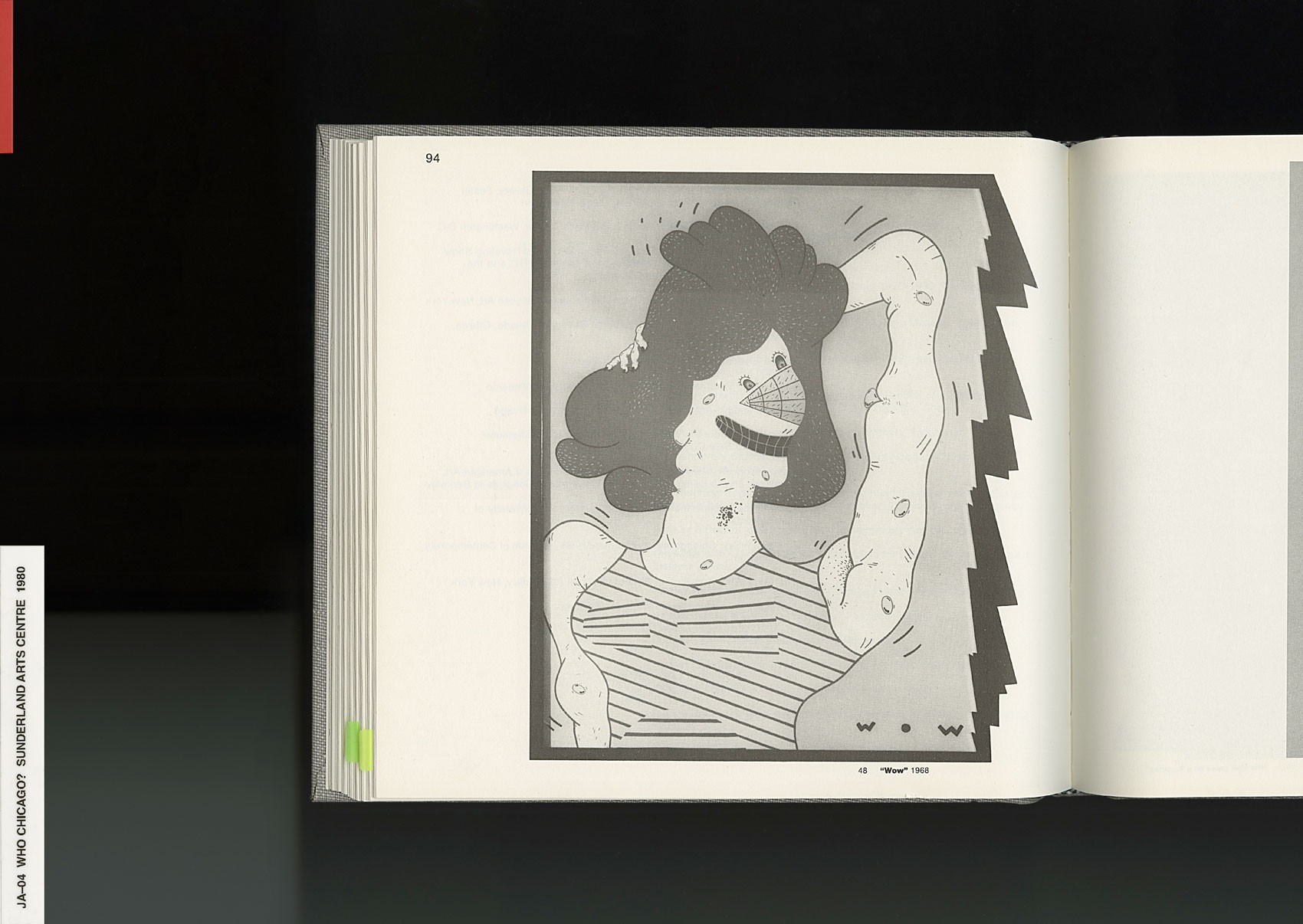
JA
Then, when I started thinking about how my nails would look in a photo, I got into . I also think about color relationships05 on the sets of nails to figure out what would work. But before , or in high school, I had trouble making sense of colors. I just didn't have that type of brain. I would use every color because I couldn't figure out what a color scheme was. I had never really been pushed to think about color schemes before. At the very root I think the colors I like are more of Dr. Seuss06 and the Hairy Who, those types of colors––especially Hairy Who, resemble toys.
NR
What obsessions would be revealed by your library?
JA
In the Japanese street style magazine 'Fruits' there are lots of colors and patterns. Also very similar to The Hairy Who. Right now, I'm attracted to how patterns and a bunch of colors next to each other creates energy or a mood. In my work, I focus on texture, color, and shape. Specifically contrasts within the shapes. I especially like organic shapes that have both rounded and sharp features. Like a teardrop, or a thorn07 on a rose is a shape that is round that also has a place of sharpness. I also like this contrast in visual texture to create a sense of balance. In the Fruits Magazine, one can see this visual balance happening between highly contrasted, sharper shapes, laying on the figure via soft fabrics. I think what it all comes down to is my obsession with harmonizing dissimilar elements for visual balance.
NR
Is there anything you've been reading lately that has affected your thinking or work?
JA
In the past couple of months the only books that I've bought have all been gay erotic photo books. I have a sort of craving towards a common theme in these older gay books08––they are erotic photographs of primarily straight men in the military or on sports teams. Like, locker room photos of an Italian soccer team and it's very gay, but it creates this unusual dream-like reality of what doesn't actually exist in a way. It's not that I'm interested in the toxic masculinity as much as just the questioning of it or contextualizing the queer.
Its not like porn, Its about what homoerotic really could mean, or what the limits of that are. It's just people being human and this straight soccer team agreeing to let this gay photographer photograph them in an erotic way, in the same way that firefighters will do an erotic calendar. I think that's cool. I'm interested in that type of imagery because it bends the logic and pushes towards a different normalization of the male gaze on men.
I'll go through phases where I'm buying books like that and then avoiding books like that and then buying books like that again. I used to have a big collection of gay magazines from the late 80's. I had so many of them and I would buy them on in high school.



NR
What books shaped your coming of age?
JA
When I started with these nails I wasn't sure what I was doing. I started reading The Queer Art of Failure09 around that same time. I realized that what I was ‘doing’ was experimenting just to experiment. And in doing so, I came up with something that was destined to fail, in a way. I mean, it depends on how you describe failure. I kind of liked the idea of carving this reality for myself that doesn't necessarily make sense or is the most practical. I realized it's okay if they aren't real nails––I’m just going to make my own reality based off of this thing that is existing because I'm creating it. And not for any other reason. These nails are not necessary. People don't need them in their life. But now they have them.
I think a lot of queer people kind of live in this type of way––they aren't following a 'go to school, get this job, to make that family..to I dont know.. to retire’? There's a very specific step by step heteronormative thing that society kind of puts on people. Because they can live in a different way of 'trying this and trying that'. Who knows what people are doing but they are gaining all these other skill sets and are spending their time being productive in a less ‘productive’ way than going to a job where they will get a ‘raise' in a year... What am I saying with this? The book outlines that failing is just as good of a way to live because we are all going to fail. Maybe we are better off for failing because we are just trying and creating a new reality, if only for a moment.
